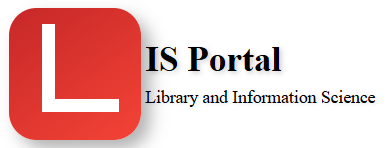Data analysis refers to the process of evaluating and interpreting data to gain insights and inform decision-making. This process typically involves collecting data, cleaning and organizing it, and using statistical techniques and tools to analyze the data and draw meaningful conclusions.
Example:
A marketing research company is conducting a survey to determine consumer preferences for different brands of coffee. The company collects data on the coffee brand, type of coffee, and frequency of consumption for a sample of 500 coffee drinkers. The data is then cleaned and organized, and statistical techniques are applied to determine which brands are the most popular, which types of coffee are the most frequently consumed, and how these preferences vary by demographic factors such as age, gender, and income.
Based on this analysis, the marketing research company can draw conclusions about consumer preferences for different brands of coffee and make recommendations to coffee companies about how to target different consumer segments. This information can help coffee companies make informed decisions about their marketing and product development strategies.
Data analysis in the context of library science refers to the process of evaluating and interpreting data related to library operations, services, and collections. This can involve analyzing data from various sources, such as library circulation records, electronic resource usage statistics, and user surveys, among others. The goal of data analysis in library science is to gain insights into library operations and usage patterns, and to make informed decisions about library services, collections, and resources.
Example:
A library wants to analyze the usage of its electronic resources to determine which databases are the most popular and which ones are underutilized. The library collects data on the number of searches, downloads, and page views for each database over a specified time period. The data is then analyzed to determine which databases are the most frequently used, and which ones are the least frequently used. Based on this analysis, the library can make informed decisions about which electronic resources to continue to subscribe to, and which ones to cancel, in order to maximize the value of its resources for users.
This is just one example of how data analysis can be used in library science. Data analysis can be applied to a wide range of areas and topics, including collection development, reference services, and user services, among others. By using data analysis, libraries can make informed decisions about their operations and resources, and improve the services they offer to their users.
